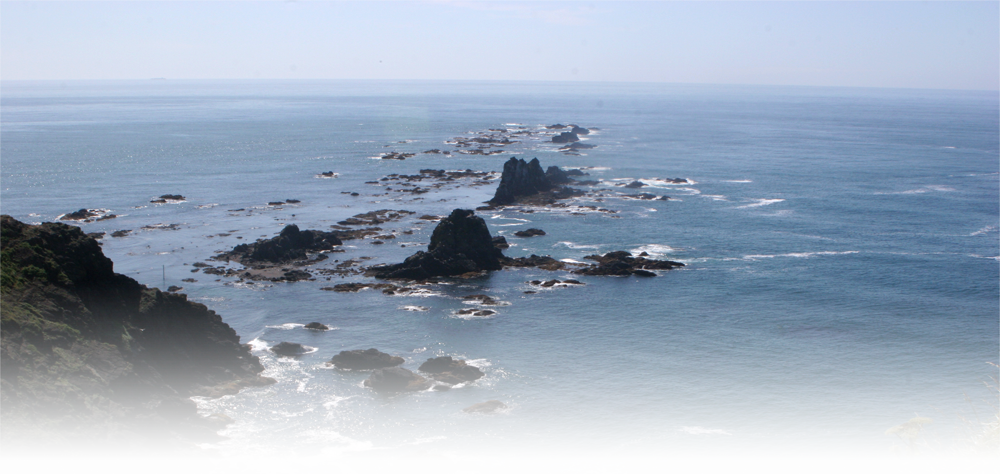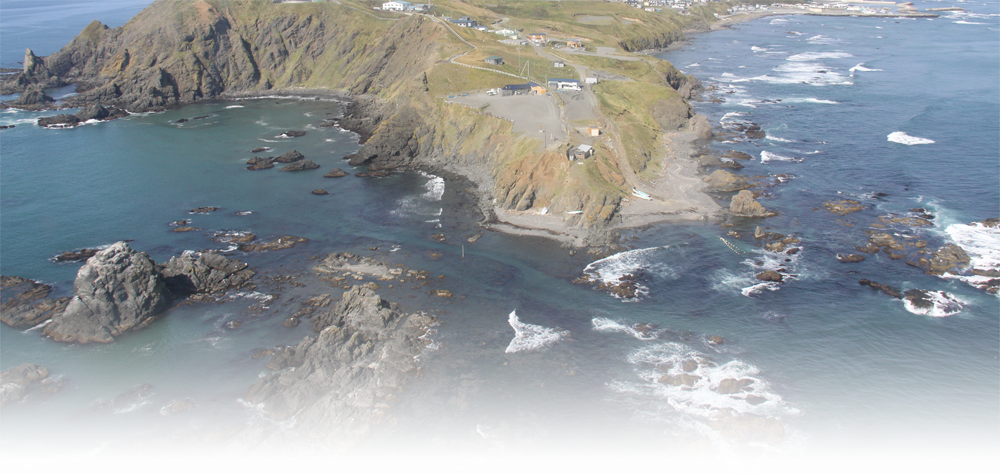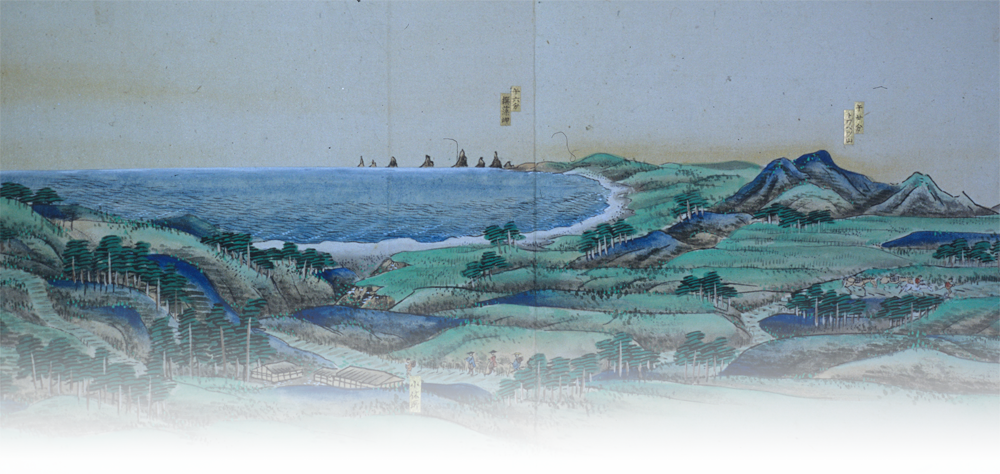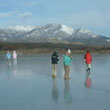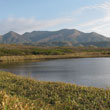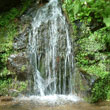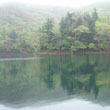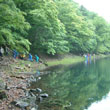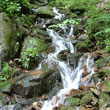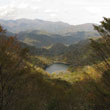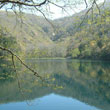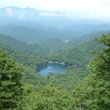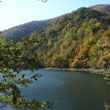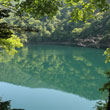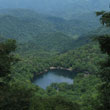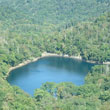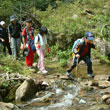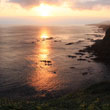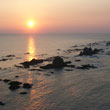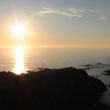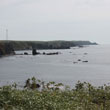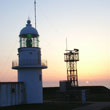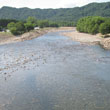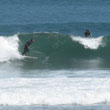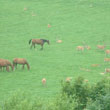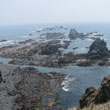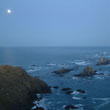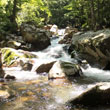
To the east of Cape Erimo stretches close to 12 kilometers of natural coastline. Since 1953, trees have been replanted in the area, returning green life to the area and rejuvenating marine resources such as kombu.
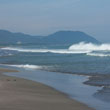

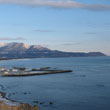
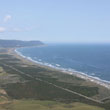
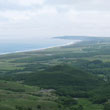

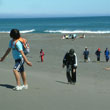

Located just 10 minutes by car from Cape Erimo, Hiren-numa Marsh is situated along Hyakunin-hama Beach. In the distant past, this marsh was known as Shi-to (large lake) in the Ainu language and is fed by a small spring. Located nearby is the Issekiichijitou monument built in 1806 during the Edo period.

This heart shaped natural lake is surrounded by untouched Hokkaido forest and is a quiet place to enjoy the beauty of each season, from the fresh green of spring and lush green of summer to the beautiful changing leaves of autumn. The lake freezes over in winter, making it possible to walk out to the middle of the heart. There is a legend of the marsh where a sea dragon is said to come and play...
Link: http://www2.ocn.ne.jp/~horoizum/densetu-toyoniko.htm
Link: http://www2.ocn.ne.jp/~horoizum/densetu-toyoniko.htm

Forged in 1799 during the Edo period (1603-1868) by the Shogunate, it was one of the first roads into Ezo. In 1800, Tadataka Ino mapped the road as he traveled it during his nationwide survey of Japan. Visitors can walk along the trail and see the same scenery as those early explorers did some 200 years ago. The trail runs for a total of 15km, but it also has a shorter 3km course.
Link: http://www2.ocn.ne.jp/~horoizum/sarurusandou.htm
Link: http://www2.ocn.ne.jp/~horoizum/sarurusandou.htm


